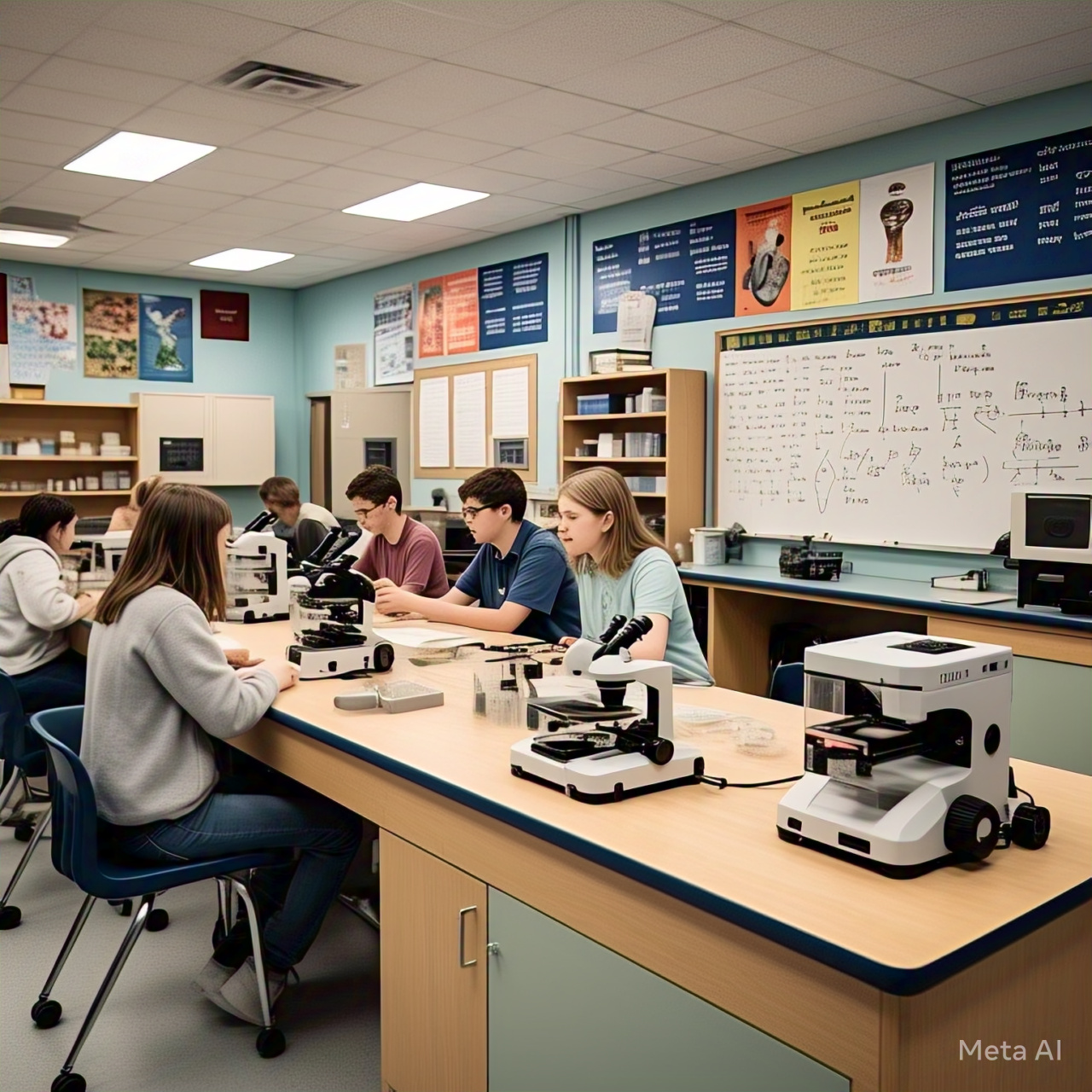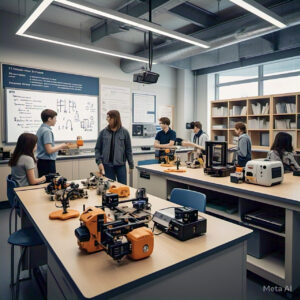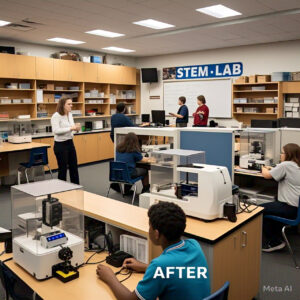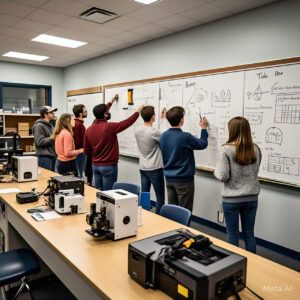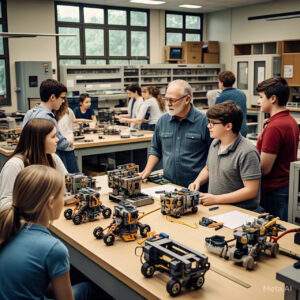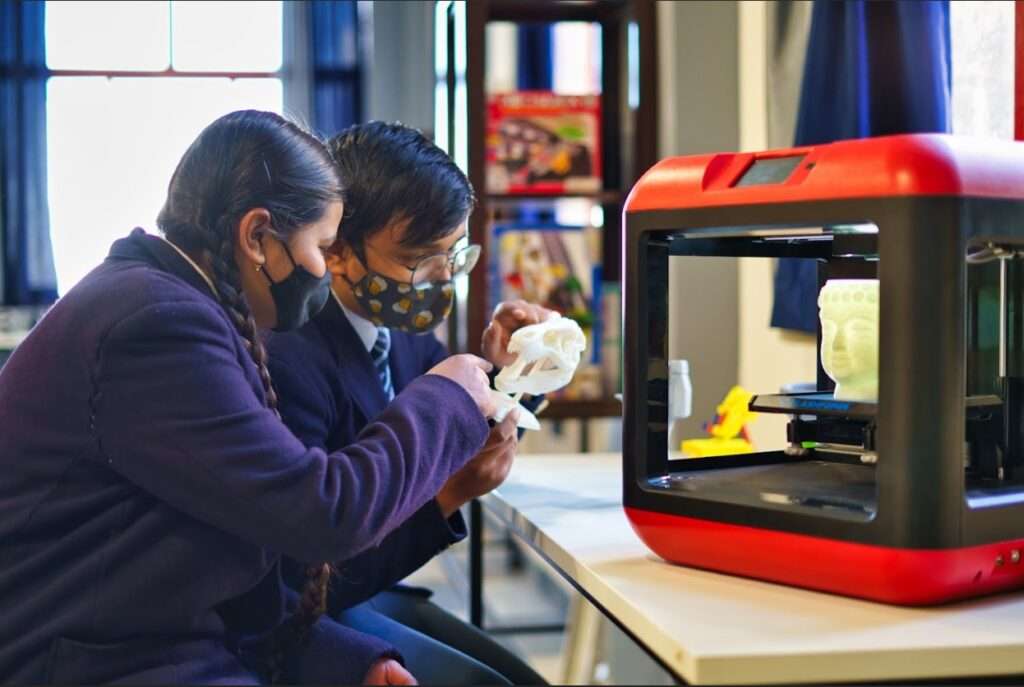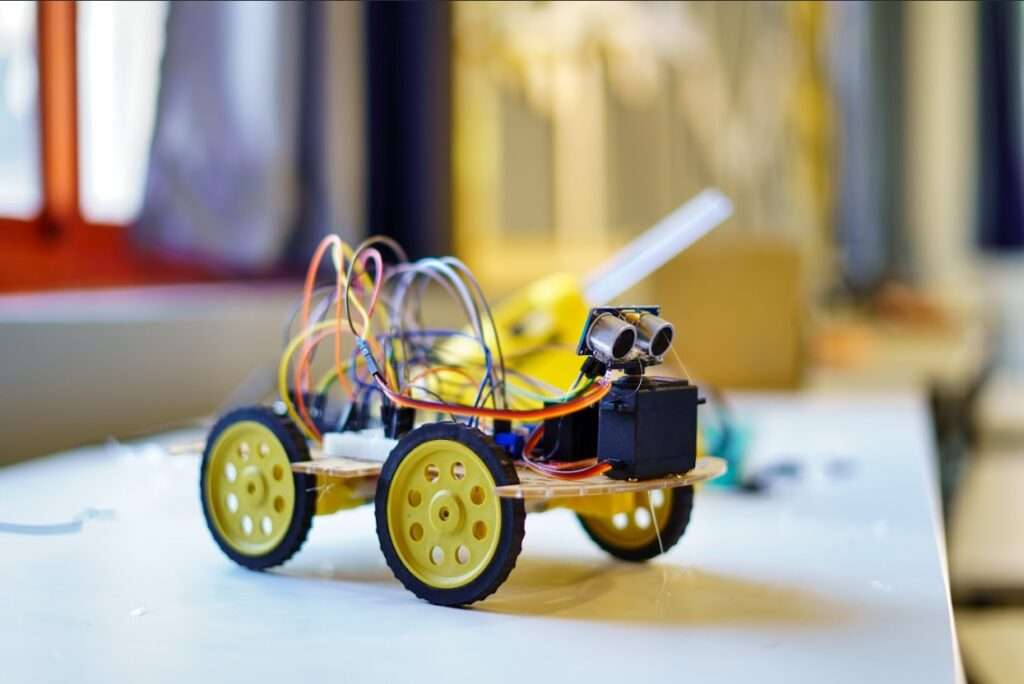Introduction: A Classroom Transformed
Mrs. Carter, a middle school science teacher, faced a growing challenge—keeping her students engaged. Traditional lectures, textbook exercises, and theoretical discussions were no longer sparking their curiosity. They were distracted, unmotivated, and struggling with basic scientific concepts.
Everything changed when her school introduced a STEM lab. Suddenly, her students were coding their own programs, building robotic arms, and conducting chemistry experiments. Attendance improved by 15%, and their test scores increased by 20% within a semester. Students who once showed little interest in science were now excited about engineering, coding, and innovation.
This isn’t just Mrs. Carter’s story it’s happening in classrooms worldwide. STEM labs have revolutionized education, boosting student engagement and academic performance instantly. But what makes STEM labs so effective, and how can you bring one to your school? Let’s dive in!
Why STEM Labs Instantly Boost Engagement & Performance
1. Hands-On Learning Increases Retention
Studies show that students retain 75% of information through hands-on activities, compared to just 10% through lectures (National Training Laboratories).
A study by the National Science Teaching Association (NSTA) found that students in hands-on STEM environments scored 40% higher in science comprehension compared to those in traditional classrooms.
Why it works:
Tactile and visual experiences enhance memory and understanding.
Real-world applications make concepts more relatable and easier to grasp.
Students engage actively rather than passively absorbing information.
2. STEM Labs Increase Student Motivation
A report by the National Center for Education Statistics (NCES) found that students who engage in STEM projects are twice as likely to pursue STEM careers.
Case Study:
A Texas high school saw a 30% rise in student participation in math and science courses after implementing a STEM lab with robotics and coding tools.
Why it works:
Gamification elements (competitions, coding challenges) increase excitement.
Instant feedback from experiments makes learning more interactive.
Solving real-world problems boosts confidence and engagement.
3. Develops Critical Thinking & Problem-Solving Skills
A Harvard University study found that students in STEM-focused environments showed a 25% improvement in analytical skills compared to traditional lecture-based learning.
Why it works:
Students learn to analyze, adapt, and innovate.
They develop resilience by troubleshooting failures in experiments.
Creativity thrives when students design their own solutions.
4. Prepares Students for High-Paying STEM Careers
The U.S. Bureau of Labor Statistics reports that:
STEM jobs will grow by 10.8% by 2032—twice the rate of other fields.
STEM professionals earn 26% more than non-STEM workers.
Industries needing STEM skills include:
AI & Machine Learning – Data science, robotics, automation.
Software Development – Coding, cybersecurity, app development.
Biotechnology & Medicine – Genetic engineering, biomedical devices.
A study by Microsoft found that 91% of STEM jobs in the next decade will require coding and computational skills both of which STEM labs foster.
Why it works:
Students gain technical skills early on (programming, robotics, AI).
They work on industry-relevant projects, improving career readiness.
Exposure to STEM careers expands future opportunities.
5. Improves Academic Performance Across All Subjects
A Johns Hopkins University study found that students in active STEM programs saw:
- 17% improvement in math and science scores
- 12% better problem-solving skills in non-STEM subjects
Why it works:
STEM strengthens logical reasoning and critical thinking.
Interdisciplinary projects connect science, math, and technology.
Students gain confidence in tackling complex problems.
How to Set Up a STEM Lab in Your School
Want to bring the power of STEM labs to your classroom? Here’s how:
1. Apply for STEM Grants
Funding sources include:
- National Science Foundation (NSF) – Funds STEM programs in schools.
- NASA Education Grants – Supports hands-on STEM activities.
- Google RISE Awards – Focuses on STEM learning for underprivileged students.
Example: A rural school in California secured a $50,000 grant from the NSF to build a robotics lab, improving STEM engagement by 40%.
2. Partner with Local Tech Companies
Many companies offer:
- Free STEM equipment & software licenses (Google, Microsoft, Intel).
- Mentorship programs with industry professionals.
- Internship opportunities for high school students.
Example: Tesla partnered with Nevada schools to introduce engineering programs, increasing STEM participation by 35%.
3. Use Affordable STEM Kits
Budget-friendly tools to get started:
- Raspberry Pi & Arduino (Coding & IoT projects).
- LEGO Mindstorms & VEX Robotics (Engineering & robotics).
- TinkerCad & 3D Printers (Design & prototyping).
Tip: Many STEM kits come with free teacher guides & lesson plans!
4. Train Teachers in STEM Education
Professional Development Platforms:
- Coursera & edX – STEM educator courses.
- Code.org & STEM.org – Free teacher training.
- MIT OpenCourseware – Advanced STEM teaching resources.
A 2021 report found that well-trained STEM teachers improve student test scores by 22% compared to those without specialized training.
Ready to Boost Student Engagement & Performance?
A STEM lab isn’t just a classroom upgrade—it’s an investment in the future! Schools with STEM labs report higher test scores, improved engagement, and increased career opportunities for students. Now’s the time to take action! Whether you’re a teacher, administrator, or parent, advocating for STEM education can change the trajectory of student success.
Don’t wait start building a STEM lab in your school today!
Contact Maker Muse today !
Website: https://makersmuse.in/
Email: info@makersmuse.in

